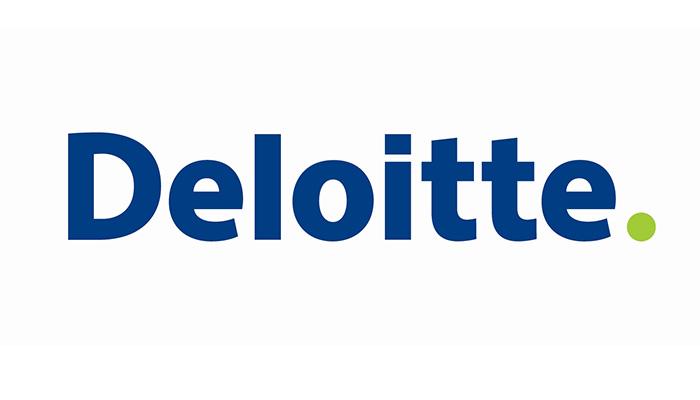
Deloitte report outlines top 10 issues facing mining companies in 2016
Weak commodity prices, declining grades and a falloff in demand from China will continue global mining sectors’ downward cycle well into 2016. However, regulatory mandates, tax burdens and stakeholder expectations remain as high as ever. This is according to the Deloitte’s Mining Tracking the Trends 2016 report released today.
“Similar to the boom cycle, where people imagined prices would go up forever, people now imagine the market will never recover. Neither extreme represents the truth. What is true, however, is that cycle times are lengthening thus presenting less desirable cash conversion cycles to investors and operator communities alike. With this as backdrop, it could take years to adjust to current market forces – but it is still a cycle and heavy downstream mining investments are likely to recover faster due to value chain proximity to clients,” said Salam Awawdeh, Partner and Energy and Resources Leader for Deloitte Middle East.
Awawdeh added, “while our mining clients in the Middle East are affected by this cyclicality, their specific impact and planning priorities range are varied and include:
- Maximizing on their traditional competitive advantage from low cost fuel and energy costs.
- Balancing their quasi–government organizational set-up with that of private sector players that excel in navigating perfect competition environment through adoption of leading organizational models.
- Repositioning through Upstream assets exist and market consolidations.
- Dealing with water scarcity.
- Dealing with the lack of trained mining professional.
- National content and delivery on localization imperatives.”
The top issues facing mining companies in 2016 according to the Deloitte’s Mining Tracking the Trends 2016 report include:
- Going lean: Operational excellence remains front and center
In an effort to achieve true operational excellence, industry leaders are leveraging best practices from other industries and tackling difficult issues, including labor relations.
- Innovation: Preparing for exponential change
Innovation is a critical theme for miners. However, many mining companies remain at the early stage of the adoption curve - placing most of their innovation focus on technological optimization of old techniques rather than looking for new ways to configure and engage externally. Short-term strategies miners should consider adopting include: enhanced innovation, collaborative ecosystems, digital workforce engagement, and improved asset management, aligning work processes with energy availability, 3D printing and modularization.
- China’s transition: Looking for the silver lining
Given China’s influence on the global economy, miners should take steps to understand the global impact of the country’s domestic market trends – particularly as the Chinese Government follows an increasingly interventionist path. Concerns over currency weakness may spur Chinese enterprises to buy overseas assets over the short-term - including natural resources. To prepare for these incipient shifts, it would be worth miners considering extreme scenarios, developing plans relative to China’s investment initiatives and leveraging Chinese expertise in areas such as design, construction and financing.
- Adjusting to the new normal
Commodity demand – particularly out of China - is down, but production is not falling. In fact, some producers have ramped up output to reduce unit costs, consolidate market share or avoid the costs associated with shutting down older mines.
- Preparing for inevitable change
The global move towards renewables has threatened the outlook for thermal coal. Although fossil fuels are likely to continue playing a critical role in the global energy mix, the move to alternative power sources is inevitable.
- Changing the nature of stakeholder dialogues
Old tactics no longer work. Instead, a new form of stakeholder engagement is needed - one that can demonstrably meet the demands of multiple groups. Miners should align their investments with the underlying needs of their disparate stakeholders to fully maximize opportunities.
- Starved of finance, miners struggle to survive
Attracting capital has become harder than ever, as segments of the industry continue running at a loss. In response, companies will likely continue to seek out alternative sources of financing – even when the terms are not entirely in their favor.
- Tax challenges will impact yesterday’s management
To keep pace with the evolving tax environment, companies should take steps to understand the financial implications of these new tax rules, assess their operational and corporate structures, take a fresh look at their management and engage with government stakeholders – especially where tax rules related to stability or production agreements threaten to change.
- The M&A paradox: To buy or not to buy
Despite predictions of a pick-up in mining M&A, M&A deal values and volumes continue to disappoint. In fact, the most active deal flow in recent years has come from divestments and rescue-type deals. To take advantage of these opportunities, miners may want to consider buying counter-cyclically and thinking twice before divesting.
- An expanded view of corporate and personal welfare
Industry risks related to both safety and security continue to grow. To enhance their safety records and security postures, miners may want to strengthen their safety procedures.


























